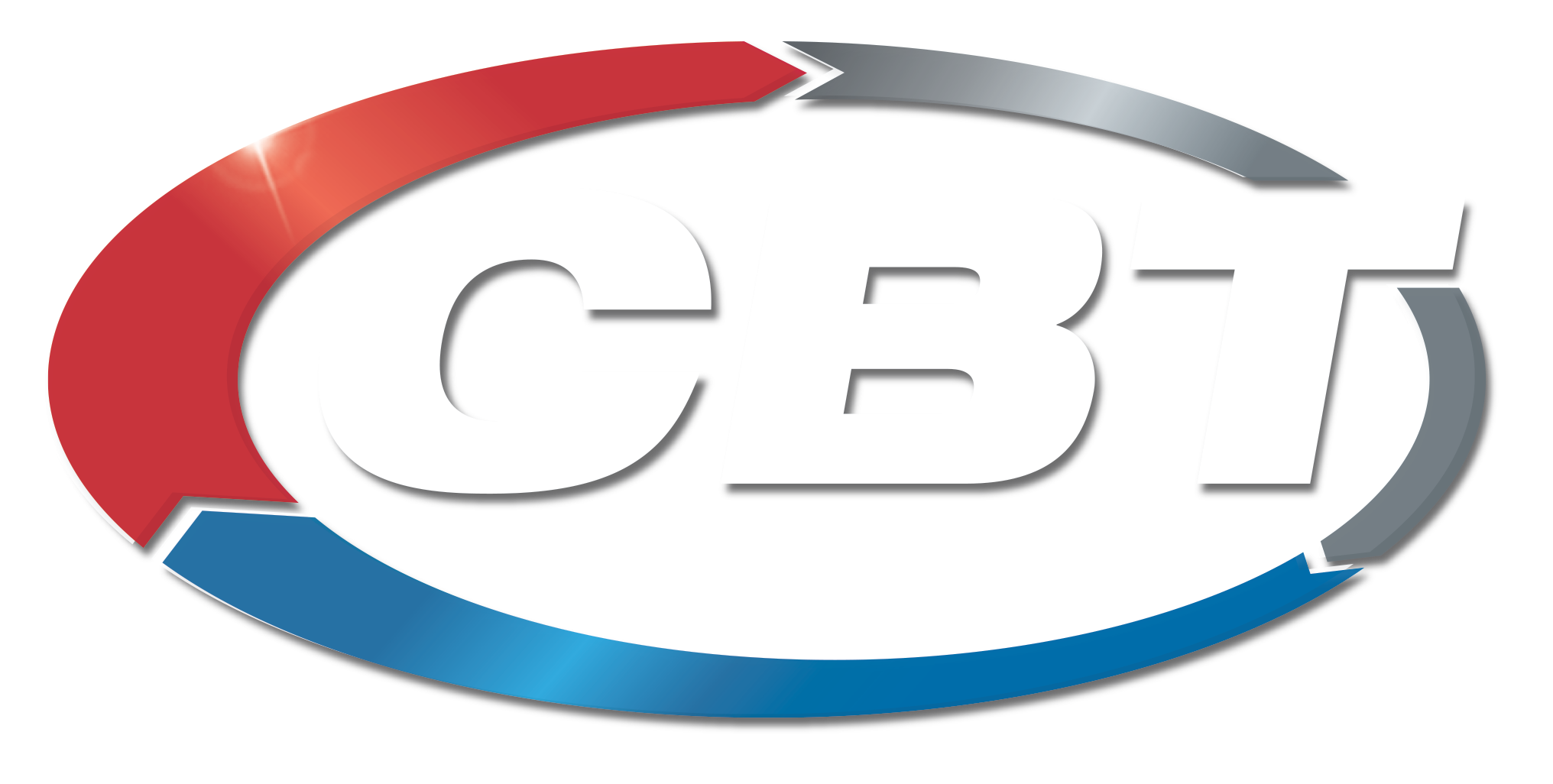
Clint Cooper, CBT Inside Sales Motor Specialist
Thirty years ago, Greg Chupka was graduating from Miami University with his bachelor’s degree in Economics. Eager to enter the job market, Greg was excited to land an entry-level sales position for a local motor company. Two years passed by quickly and Greg learned as much as he could in his new role. While Greg was elbow-deep in motor specifying and sourcing, CBT was looking for ways to grow its motor business. One thing led to another and through some mutual connections, Greg became the newest addition to the CBT team in 1988.
Three decades seemed to pass in the blink of an eye, and now Greg acts as CBT’s most experienced Motor Specialist with years of hands-on experience under his belt. His two apprentices, Clint Cooper and Jason Brookbank, are shadowing Greg in hopes to pass along some of his motor knowledge and expertise. It is to remain in the same role for an extended period at CBT, but that’s exactly what happened to Greg. He says he’s doing the same job as he was in 1988, “but hopefully better and smarter.”
Motor efficiency and optimization is one of the most common issues customers present to Greg and team. Take these few
simple precautions when it comes to motor selection, optimization, and operating to extend your motor’s life and reduce unnecessary downtime.

1. Proper Lubrication
Most motors come with an instruction pamphlet containing pertinent information to run your motor efficiently. Don’t immediately disregard this paperwork. There are guidelines for how frequently you should lubricate your motor depending on the amount of operating time of the motor, the environment your motor lives in, etc.
2. Power Supply
Monitor your power supply to make sure the rated voltage is being supplied consistently and evenly, in the case of three phase applications. The amperage drawn by the motor should be equal to or less than the Full Load rating on the motor nameplate and equal in three phase applications. Variations in the supply power can cause poor performance, excessive heating or premature failure of the motor. If the power supply voltage is correct and the amperage is uneven or exceeding the nameplate values, the motor needs to be checked for damage. The application the motor is driving should also be evaluated for overloading or fluctuating conditions.
3. Motor Sizing
Resist the temptation to oversize your motor. It may seem like choosing a higher horsepower motor will increase production or reduce downtime, however it is the opposite. When a motor is properly sized for the application it will run most efficiently producing the least amount of energy waste.
4. Alignment
The motor must be aligned with the motor shaft within a small margin – normally just a few degrees. Any larger misalignment could put stress on the couplings and motor bearings. This is a critical element to motor efficiency.
5. Environment
Know your motor’s environment and protect it respectively. Will the motor be exposed to harsh chemicals? Will there be any type of fibers or dust collecting on the equipment? Will there be sub-zero or extremely hot temperatures? Take a proactive approach to counter any environmental conditions your motor will be operating in.
6. Vibration
Misalignment can cause vibration, which can drastically decrease motor life. There are new sensors that can monitor your motors vibration and temperature to allow you to strategically plan maintenance downtime to avoid catastrophic motor failure.
Motor selection and optimization is a tricky subject. Contact CBT today to talk to one of our industry leading motor experts! We want to help you find the perfect motor for your application.












